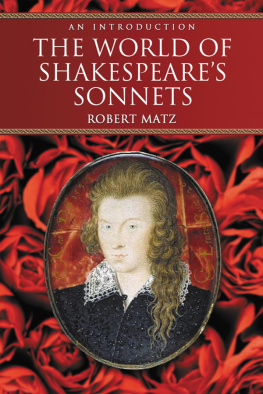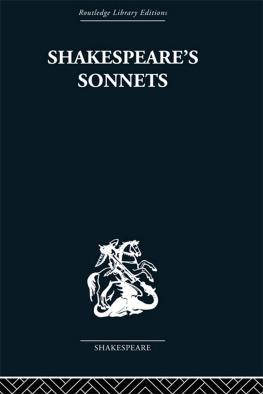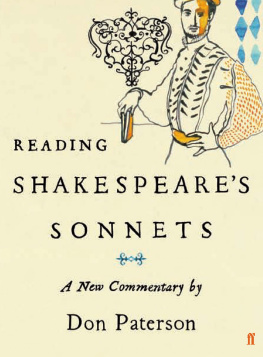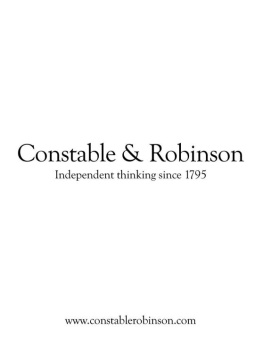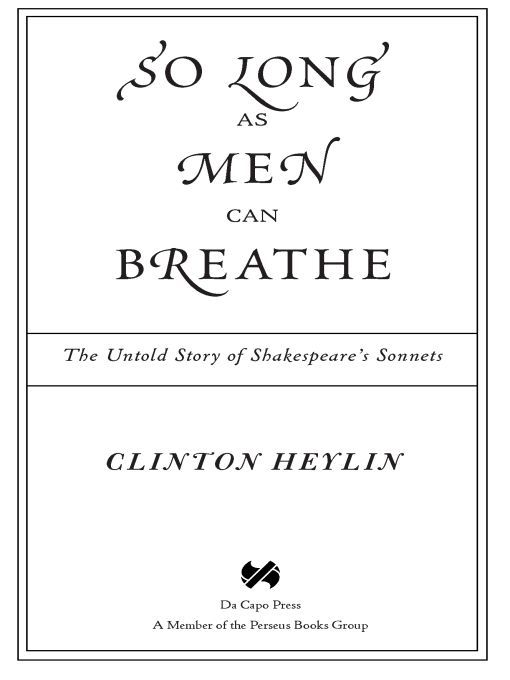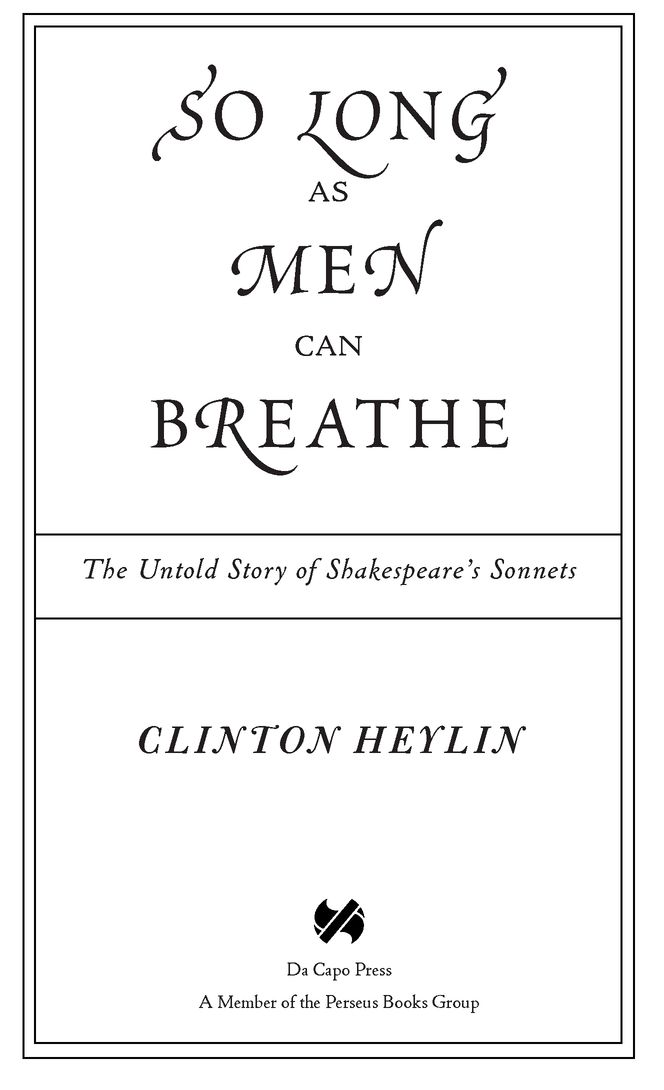Table of Contents
ALSO BY CLINTON HEYLIN
The Act Youve Known for All These Years:
A Year in the Life of Sgt. Pepper and Friends
Babylons Burning: From Punk to Grunge
From the Velvets to the Voidoids:
The Birth of American Punk Rock (2nd edition)
All Yesterdays Parties:
The Velvet Underground in Print: 1966-1971
Despite the System: Orson Welles versus the Hollywood Studios
Can You Feel the Silence? Van Morrison: A New Biography
Bootleg: The Secret History of the
Other Recording Industry (2nd edition)
Bob Dylan: Behind the Shades Revisited (2nd edition)
No More Sad Refrains:
The Life and Times of Sandy Denny
Dylans Daemon Lover:
The Tangled Tale of a 450-Year-Old Pop Ballad
Never Mind the Bollocks: Heres the Sex Pistols
Bob Dylan: The Recording Sessions, 1960-1994
Bob Dylan: A Life in Stolen Moments;
Day by Day 1941-1995
TO. THE ABLE BEGETTER . OF.
EVERY BOOK ON THE. SONNETS.
MR. S.S. ALL .HAPPINESSE.
AND .THAT. CAF LATTE.
PROMISED.
BY.
THIS. EVERLIVING. SCRIBE.
WISHETH.
THE . WELLWORN.
CHRONICLER . NOW.
RUFFLING.
FEATHERS.
C.H.
ABBREVIATIONS
The following abbreviations appear in the main text, enclosed in brackets, to identify specific sources. A full list of sources appears in the Bibliography at the end of the book.
| AM | Arthur F. Marotti, Shakespeares Sonnets as Literary Property, in Soliciting Interpretation, ed. E. D. Harvey and K. E. Maus (Chicago University Press, 1990). |
| BDC | Ben Crystal and David Crystal, The Shakespeare Miscellany (Overlook Press, 2005). |
| BV | Brian Vickers, Shakespeare, A Lovers Complaint John Davies of Hereford (Cambridge University Press, 2007). |
| CAB | Charles Armitage Brown, Shakespeares Autobiographical Poems (James Bohn, 1838). |
| EKC | E. K. Chambers, Shakespearean Gleanings (Oxford University Press, 1943). |
| GT | Gary Taylor, Reinventing Shakespeare (Hogarth Press, 1990). |
| HCB | H. C. Beeching, Shakespeares Sonnets (Athenaeum Press, 1904). |
| HL | Harold Love, The Culture and Commerce of Texts: Scribal Publication in 17th Century England (University of Massachusetts Press, 1998). |
| HR | Hyder Edward Rollins, The Sonnets: A New Variorum Edition, 2 vols. (Lippincott, 1944). |
| HRW | H. R. Woudhuysen, Sir Philip Sidney and the Circulation of Manuscripts, 1558-1640 (Oxford University Press, 1996). |
| JWB | J. W. Bennett, The Alleged Piracy of Shakespeares Sonnets and of Some of Jonsons Works, Studies in Bibliography (1973). |
| KDJ | Katherine Duncan-Jones, Was the 1609 Shake-Speares Sonnets Really Unauthorized? Review of English Studies 34, no. 134 (1983). |
| KW | Katharine M. Wilson, Shakespeares Sugared Sonnets (Allen and Unwin, 1974). |
| MSS | Martin Seymour-Smith, Shakespeares Sonnets 1-42: A Psychological Reading, in New Essays on Shakespeares Sonnets, ed. Hilton Landry (AMS Publishing, 1976). |
| Q | Quarto; refers to Shakes-speares Sonnets (London, 1609). |
| SB | Samuel Butler, Shakespeares Sonnets (London, 1898). |
| SL | Sidney Lee, A Life of William Shakespeare (John Murray, 1916). |
| SL-F | Sidney Lee, Shake-speares Sonnets [Facsimile edition of Q] (London, 1905). |
| WA | William Archer, Shakespeares Sonnets: The Case against Southampton, Fortnightly Review 78, December 1, 1897. |
A BOOKLEG, OR NOT A BOOKLEG? THAT IS THE QUESTION...
This is the story of a bookleg.
The most famous bookleg of them all: Shake-speares Sonnets.
What, you may well ask, is a bookleg?
Well, it is a book that is also a bootleg, an unauthorized collection of previously unavailable material that has been published, usually surreptitiously, without the authors permission.
In the case of the Sonnets, the centuries-old presumption, that it was another example of the divers stolen and surreptitious copies that plagued Shakespeares professional life, has recently been under assault.
In the past twenty-five years, academic opinion has shifted toward viewing the 1609 text as, in some way, approved. But, as I aim to show, once a bookleg, always a bookleg...
C.H.
SECTION ONE (1590-1640)
THE DARLING BUDS OF MAY
CHAPTER ONE
1609 THE ONLIE BEGETTER
The greatest advantage of Shakespearean studies
seems to be that questions may be asked over and
over again, and that almost nobody pays attention to
the answersunless he borrows them for his own use
in an article or a book.
HYDER E. ROLLINS, 1944
May 20, 2009, represents the 400th anniversary of the publication of one of the most famous books in the world. It was on that day that Thomas Thorpe, a publisher and procurer of manuscripts, registered a booke called Shakespeares sonnettes with the Stationers Company, a requirement for all publications under a Marian statute. The book, a thin quarto volume, contained a thirty-word dedication by Thorpe, alias T.T.not Shakespeare154 sonnets, and a long poem, A Lovers Complaint, that has never been definitively assigned to the Bard.
In the intervening four centuries, there have been enough volumes on the subject of the sonnetsand editions thereofto fill a small public library. At least two entire books exist for the sole purpose of supplying bibliographies of editions of the sonnets. At the same time, the poems have become inextricably linked to a perceived biographical element for which there is still no independent evidence. As such, one would have to say that Shakespeares several boasts in the sonnetsof which So long as men can breathe or eyes can see / So long lives this (18.13-14) is the most brazenhave been fully vindicated.
So how did it come to pass that the most (in)famous English love-poems of all timewritten by the most revered writer the English world has knownremained a secret subtext to the mans plays for almost 200 years? And what were the circumstances that originally brought it notoriety, then obscurity, and finally the recognition that fulfilled Shakespeares own prophecy that they would endure so long as men can breathe?
Despite recent assaults on a centuries-old perception, the suspicion remains that we are wholly beholden to Thomas Thorpe for their publication and enduring existence; and that Shakespeare himself, for all his protestations concerning posterity, had long ago washed his hands of these microcosmic masterpieces by the time they appeared in print in the twilight of his career.
Which prompts an altogether different question: What sort of poet would produce such a sustained, endlessly intertwining


